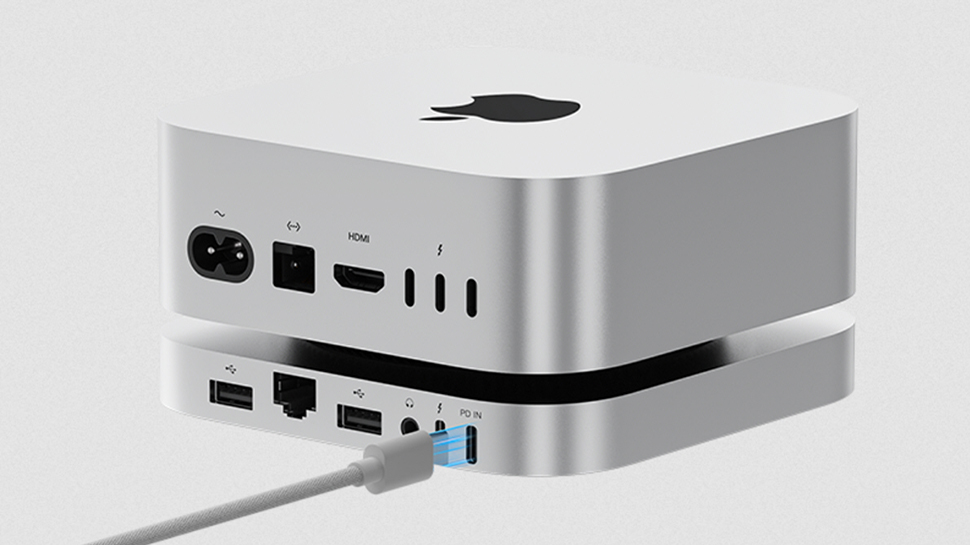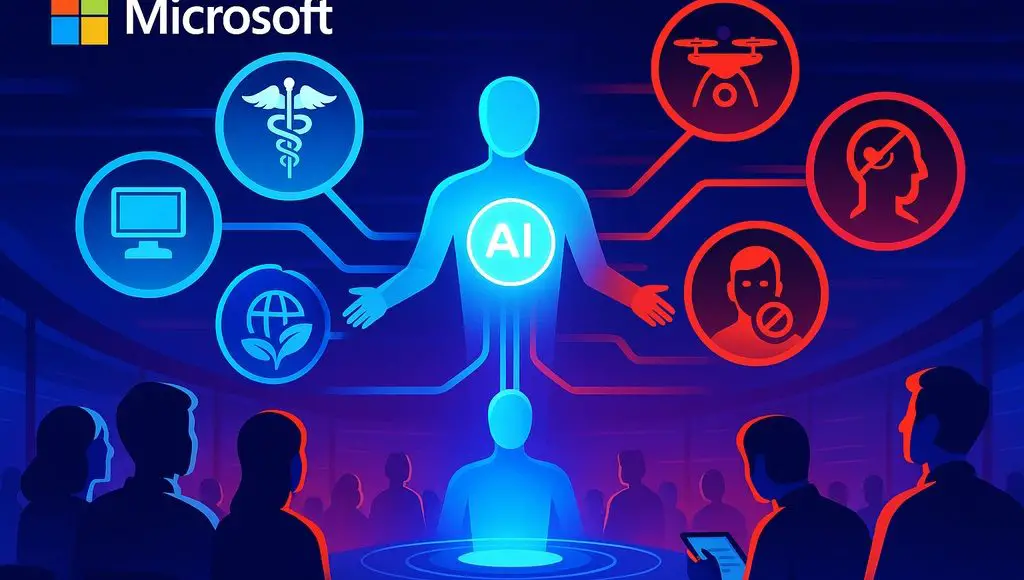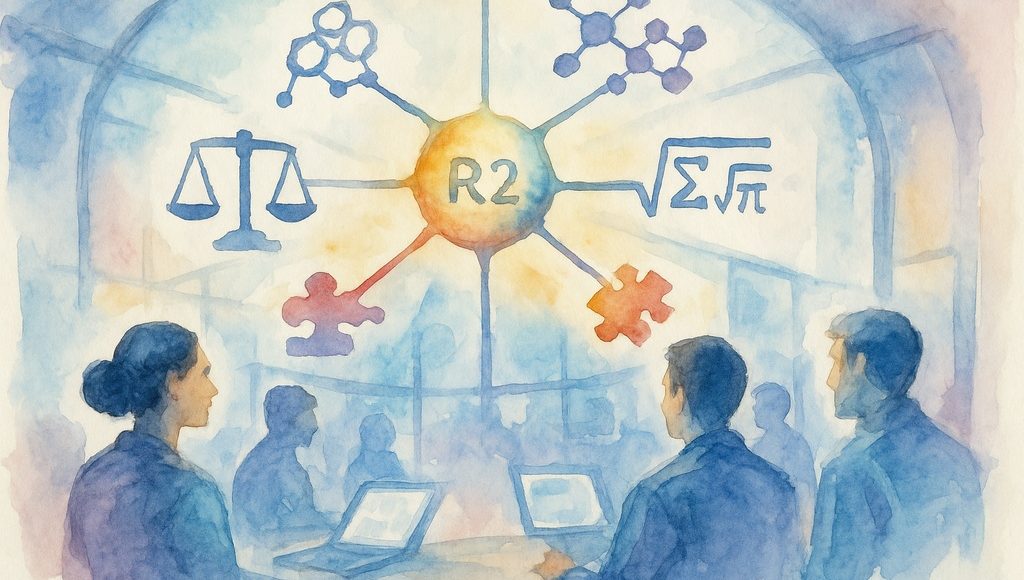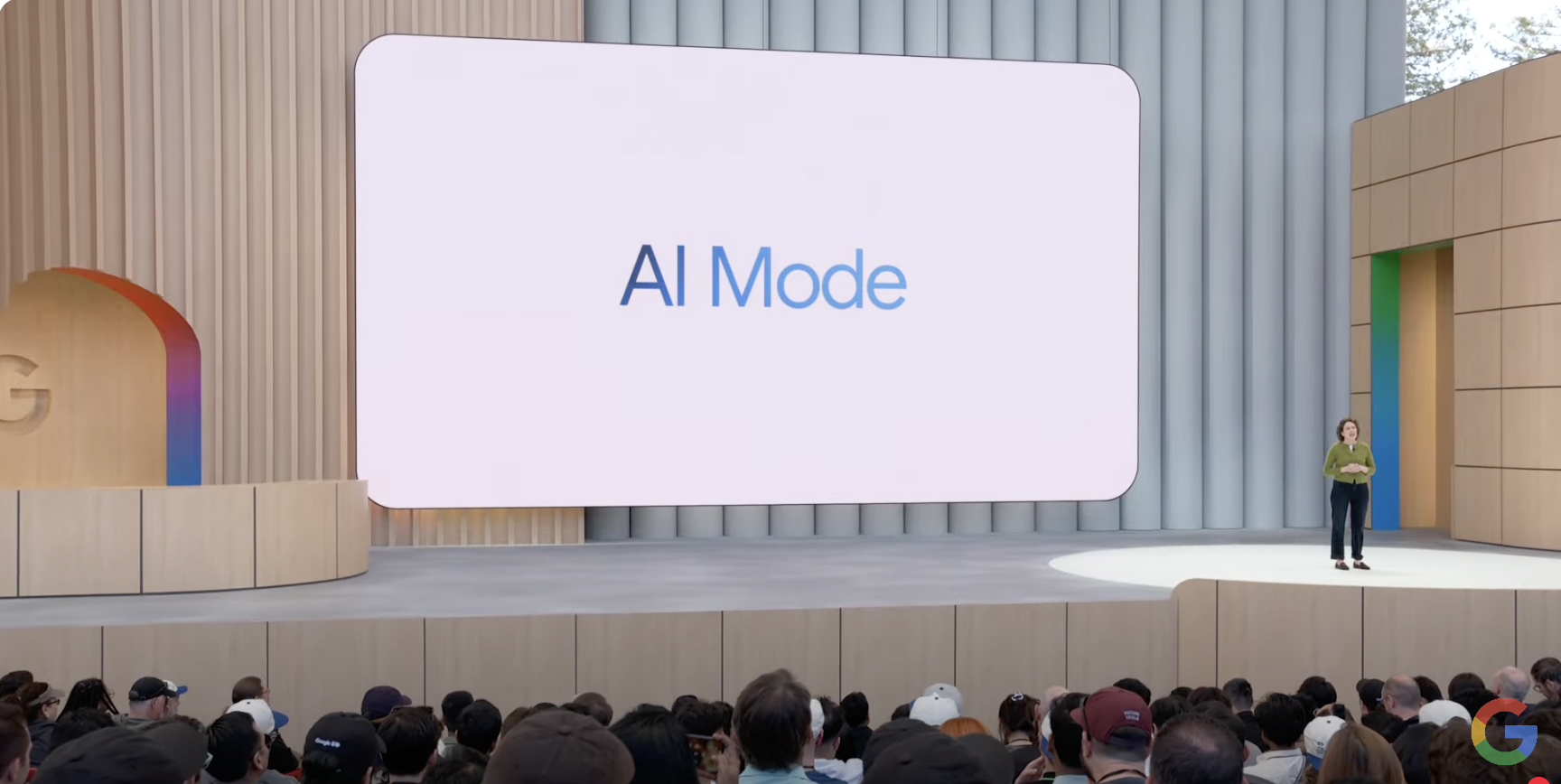How AI is powering the next phase of global capability center growth
AI is no longer optional for GCCs. BCG reveals how top performers embed AI and leadership to create lasting enterprise value.


Artificial intelligence is no longer optional—it’s becoming central to the transformation of Global Capability Centers (GCCs). According to the BCG report, over 90% of top-performing GCCs have already established or scaled up AI-led Centers of Excellence in the past 18 months.
These centers aren’t just running experiments—they are using AI to optimize supply chains, automate customer support, improve decision-making, and create new business models. AI is no longer a “future technology”—it’s a foundational one.
Most GCCs are still experimenting with AI
While leaders are embedding AI into their operating models, many GCCs are lagging. In most cases, AI projects are treated as one-off pilots rather than core transformation programs. Without strong leadership and investment, these efforts rarely scale.
BCG notes that treating AI as a “bolt-on” feature creates a maturity gap. In contrast, high-maturity GCCs are using AI to redesign processes, not just improve them. They’re applying it in strategic areas—from finance to supply chain, from HR to product development.
Leadership structure matters more than ever
One major difference between leaders and laggards is governance. Top-performing GCCs have embedded leadership that is tightly aligned with enterprise strategy. These centers have their own innovation budgets, operate with autonomy, and often own end-to-end outcomes.
Instead of acting like offshore extensions, they behave more like business units—empowered to make decisions and drive innovation.
This structural independence is critical. It allows GCCs to act with speed and confidence, experimenting with new technologies without bureaucratic delays.
India is poised to lead—if it evolves faster
India remains the global hotspot for GCCs. Its deep tech talent, favorable costs, and large ecosystem make it the go-to destination for companies setting up capability hubs. But the BCG report warns that simply having talent is not enough.
India’s GCCs must now shift from supporting operations to shaping them. That means moving from executing projects to designing new capabilities—and that requires investment in leadership, AI, and innovation ecosystems.
A clear roadmap to scale impact
To help organizations drive this shift, BCG offers a practical three-step framework:
- Define a bold North Star to guide GCC strategy.
- Prioritize key business problems that can be tackled through AI and innovation.
- Use structured diagnostics to assess maturity and build a roadmap for growth.
This approach ensures that GCCs aren’t just chasing trends—they’re creating measurable enterprise value.
By embedding AI at the core, empowering local leadership, and aligning with business outcomes, GCCs can become the future nerve centers of global enterprises. The next phase of growth will depend not on size—but on how deeply these centers are woven into innovation and impact.











































































































































































![[The AI Show Episode 151]: Anthropic CEO: AI Will Destroy 50% of Entry-Level Jobs, Veo 3’s Scary Lifelike Videos, Meta Aims to Fully Automate Ads & Perplexity’s Burning Cash](https://www.marketingaiinstitute.com/hubfs/ep%20151%20cover.png)























































































































![[FREE EBOOKS] Solutions Architect’s Handbook, Continuous Testing, Quality, Security, and Feedback & Four More Best Selling Titles](https://www.javacodegeeks.com/wp-content/uploads/2012/12/jcg-logo.jpg)





![From electrical engineering student to CTO with Hitesh Choudhary [Podcast #175]](https://cdn.hashnode.com/res/hashnode/image/upload/v1749158756824/3996a2ad-53e5-4a8f-ab97-2c77a6f66ba3.png?#)








































































































































_Michael_Vi_Alamy.jpg?width=1280&auto=webp&quality=80&disable=upscale#)












































































































![UGREEN FineTrack Smart Tracker With Apple Find My Support Drops to $9.99 [50% Off]](https://www.iclarified.com/images/news/97529/97529/97529-640.jpg)

![watchOS 26 May Bring Third-Party Widgets to Control Center [Report]](https://www.iclarified.com/images/news/97520/97520/97520-640.jpg)







































































